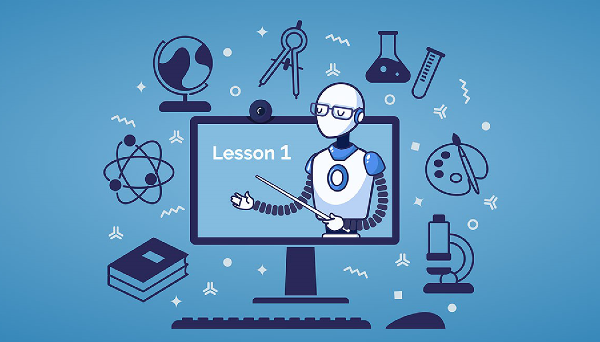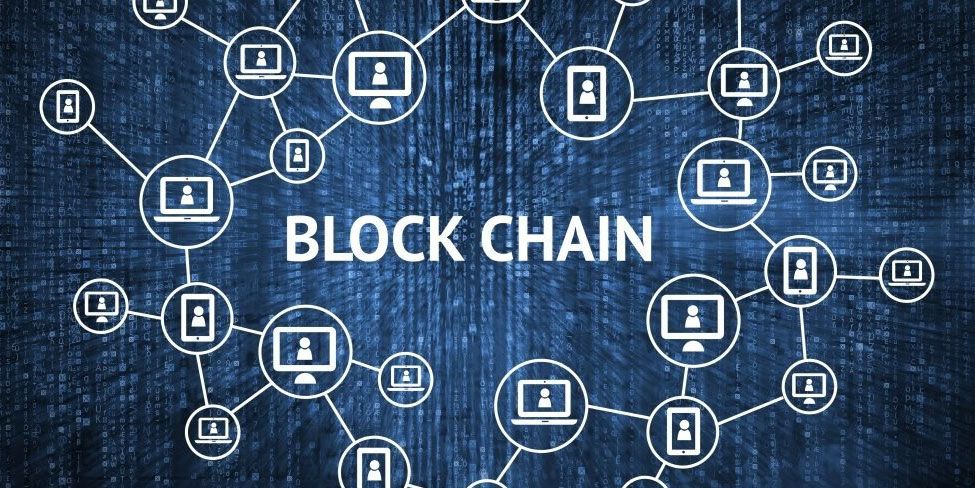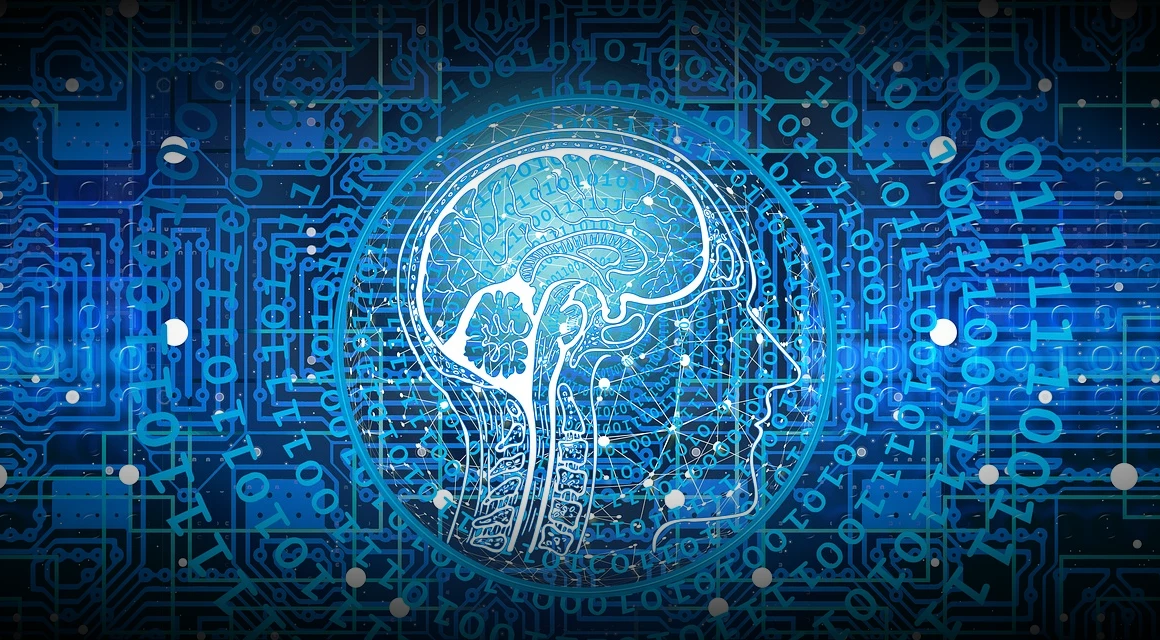The digital age has brought about unprecedented changes across every sector, and education is no exception. Technology is not only enhancing the learning experience but also making education more accessible, personalized, and effective. From virtual classrooms and online courses to artificial intelligence (AI) and gamification, technology is reshaping how students learn and how educators teach.
In this article, we will explore the key ways in which technology is revolutionizing education, the benefits it brings, and the challenges it may present for both students and educators.
1. Online Learning Platforms and Digital Classrooms
One of the most significant ways technology is revolutionizing education is through the rise of online learning platforms and digital classrooms. Online courses, often offered by universities, educational institutions, and independent platforms like Coursera, edX, and Udemy, allow students to access quality education from anywhere in the world.
In addition to online courses, digital classrooms powered by platforms such as Zoom, Microsoft Teams, and Google Classroom have made remote learning possible. These platforms enable students and teachers to interact in real-time, share resources, and collaborate on assignments, bringing the classroom experience into the virtual world.
This shift to digital education has broken down geographic and financial barriers, allowing students from diverse backgrounds to access educational opportunities that may have been previously unavailable to them. The flexibility of online learning also makes it easier for students to learn at their own pace, fitting education around their busy lives.
2. Personalized Learning Through AI and Data Analytics
Artificial Intelligence (AI) and data analytics are enabling personalized learning experiences that cater to individual students’ needs, preferences, and abilities. AI-powered platforms, such as adaptive learning technologies, can analyze a student’s progress and learning style, adjusting the content and pace to ensure optimal learning outcomes.
For example, AI can recommend resources, exercises, and videos tailored to a student’s strengths and weaknesses. By providing immediate feedback and support, these platforms help students stay engaged and motivated while also allowing teachers to track progress and intervene when necessary.
Additionally, data analytics tools allow educators to identify patterns in student performance, helping them identify areas where students are struggling and make informed decisions about how to adapt lesson plans. This personalized approach to learning enhances student engagement, improves retention rates, and supports better academic performance.
3. Gamification and Interactive Learning Tools
Technology is also revolutionizing education through gamification—incorporating game mechanics and elements into the learning process. Educational games, simulations, and interactive learning tools engage students in ways traditional methods often cannot. By turning learning into a more interactive and enjoyable experience, gamification motivates students to participate and helps them retain information better.
For example, platforms like Kahoot! and Quizlet use quizzes and games to reinforce knowledge, while simulations in subjects like science and history allow students to explore complex concepts in an engaging and practical manner. Many students, particularly younger ones, respond positively to the use of games and interactive tools, as they make learning fun and provide immediate feedback.
Gamification can be used in a variety of subjects, from math and language arts to social studies and technology, making it a versatile and powerful educational tool.
4. Virtual Reality (VR) and Augmented Reality (AR) in Education
Virtual Reality (VR) and Augmented Reality (AR) are groundbreaking technologies that are transforming how students experience education. VR immerses students in simulated environments, allowing them to explore subjects like history, geography, or science in an interactive and experiential way. For example, students can take virtual field trips to ancient civilizations or experience outer space from the comfort of their classroom.
AR, on the other hand, overlays digital information onto the real world, enriching the learning experience by providing context and additional details. In subjects like biology, AR can allow students to explore the human body in 3D, providing a deeper understanding of anatomy and physiology.
By providing experiential learning opportunities, VR and AR allow students to engage with content in a more meaningful and memorable way, helping them develop a deeper understanding of complex concepts.
5. Cloud Computing and Collaboration Tools
Cloud computing has made it easier for students and educators to access, share, and collaborate on educational resources. Cloud-based platforms such as Google Drive, Dropbox, and OneDrive allow students and teachers to store documents, presentations, and research in a centralized location, accessible from any device with an internet connection.
Collaboration tools like Google Docs, Slack, and Trello facilitate group work and communication, enabling students to collaborate on projects in real-time, regardless of their physical location. These tools not only support academic teamwork but also help students develop essential digital literacy and collaboration skills that will be valuable in their future careers.
Cloud computing and collaboration tools also make it easier for teachers to share lesson plans, assignments, and materials, streamlining administrative tasks and enhancing communication between students and educators.
6. The Internet of Things (IoT) in the Classroom
The Internet of Things (IoT) is connecting everyday objects to the internet, enabling smarter classrooms. IoT devices can be used to track student attendance, monitor environmental conditions such as temperature and lighting, and even track the usage of learning materials.
For example, smartboards and interactive displays can make lessons more engaging, while IoT-enabled devices like wearable fitness trackers can encourage students to engage in physical activities. In addition, IoT sensors in classrooms can track how students interact with learning materials, providing valuable insights into their behavior and learning patterns.
By making classrooms more connected and responsive, IoT technology can improve the overall learning experience and help educators create environments that are better suited to students’ needs.
7. Blockchain for Education Credentials
Blockchain technology is making its way into education by providing a secure, decentralized way to verify academic credentials. Traditional methods of verifying degrees and certifications can be time-consuming and prone to fraud, but blockchain offers a more efficient and trustworthy solution.
With blockchain, educational institutions can store students’ academic records in an immutable digital ledger, making it easy for employers and other institutions to verify a student’s qualifications. This technology can also be used to issue and track digital certificates and diplomas, streamlining the process of credential verification.
By increasing the security and reliability of educational records, blockchain technology can reduce fraud and make it easier for students to share their qualifications with potential employers or other educational institutions.
8. EdTech Startups and Innovative Educational Solutions
The rise of EdTech startups has contributed to a surge in innovation in the education sector. These startups are creating a wide range of tools and platforms that are transforming how students learn and how educators teach. From AI-powered tutoring services like Squirrel AI to virtual labs and coding platforms, EdTech companies are constantly developing new solutions to meet the evolving needs of students and educators.
These startups are also playing a key role in making education more accessible by providing affordable, high-quality learning resources for students in underserved regions. By leveraging technology, EdTech companies are democratizing education and making it possible for anyone, anywhere, to access learning materials and resources.
Challenges and Considerations in Digital Education
While technology has the potential to revolutionize education, there are several challenges that must be addressed. These include issues related to digital equity, privacy concerns, and the need for teachers to receive adequate training in using these technologies effectively.
As digital learning continues to expand, it’s crucial to ensure that all students have access to the necessary devices, internet connectivity, and digital literacy skills. Furthermore, protecting student data and ensuring online safety will be essential in maintaining trust in digital education platforms.
Conclusion
Technology is transforming education in the digital age, creating new opportunities for personalized learning, collaboration, and engagement. From online learning platforms and AI-powered tools to virtual reality and blockchain, the possibilities are endless. However, it is essential for educators, students, and policymakers to address the challenges associated with digital education to ensure that all learners can benefit from these advancements.
As technology continues to evolve, education will become even more accessible, inclusive, and engaging, paving the way for a future where learning knows no boundaries.




